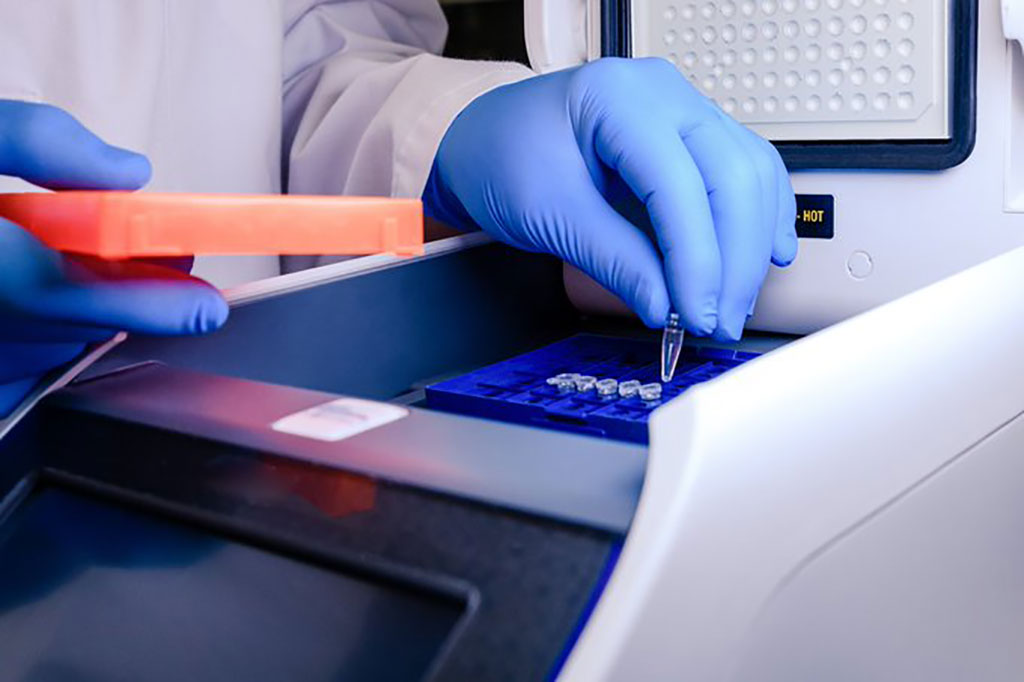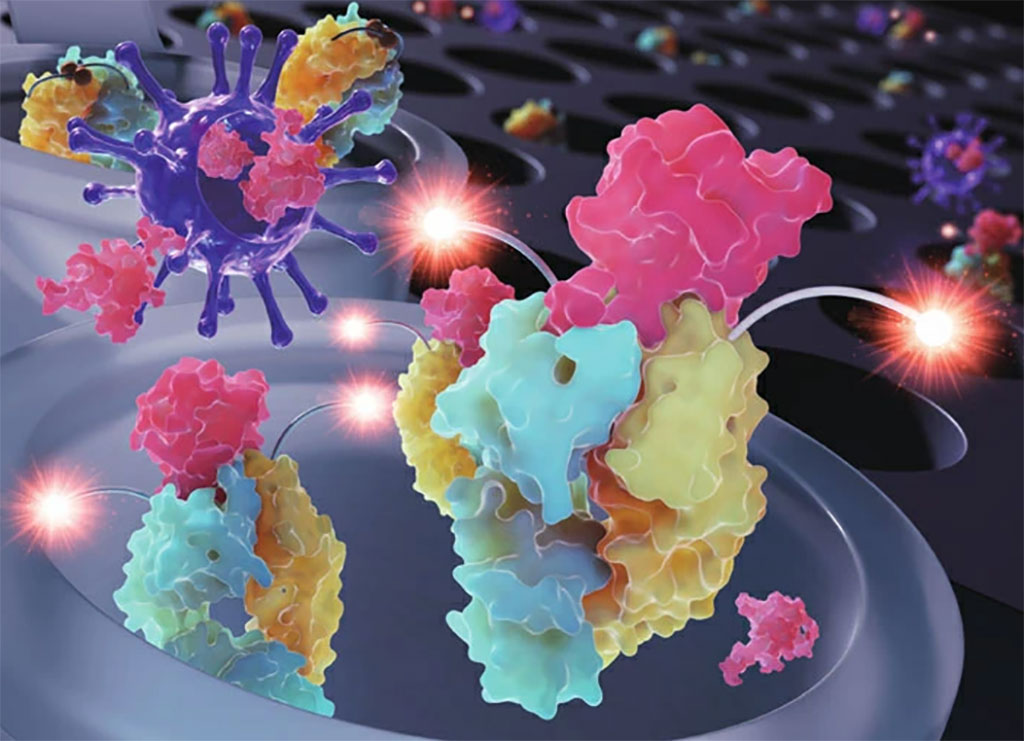AACC Advises Against Using Coronavirus Test CT Values to Guide COVID-19 Patient Care
By LabMedica International staff writers
Posted on 09 Jul 2021
The American Association for Clinical Chemistry (AACC; Washington, DC, USA) has issued a public statement advising against the use of coronavirus test cycle threshold (Ct) values to guide COVID-19 treatment or public health efforts.Posted on 09 Jul 2021
The medical community has become increasingly interested in the possibility of using coronavirus test Ct values to improve care for COVID-19 patients and overall management of the pandemic. When a patient gets a standard coronavirus test - known as a qualitative PCR test -Ct values are generated as part of the testing process. These values typically have an inverse relationship with the amount of virus in a patient specimen, with low Ct values indicating a high amount of virus in a sample, and high Ct values indicating the reverse. Because of this, some research has suggested that Ct values could potentially identify patients who have high viral loads and are at increased risk for serious disease. Other findings have also indicated that Ct values could potentially identify patients who aren’t infectious (i.e. those with low viral loads), which could improve contact tracing and outbreak tracking efforts.

Illustration
However, conclusive data supporting the use of Ct values are lacking. In spite of these studies, many others in the medical community have cautioned against the use of Ct values, arguing that these values have numerous shortcomings and can’t reliably predict disease severity or transmissibility. In order to bring clarity to this issue, AACC members have released a statement that details the limitations of Ct values and recommends against their use. The statement emphasizes that, even though Ct values correlate with the amount of virus in specific specimens, studies have not actually established a relationship between Ct values and a patient’s overall viral load or infectiousness.
There are also numerous factors aside from the amount of virus in a specimen that can impact the Ct values generated during coronavirus testing. AACC’s statement lists all of these factors, which include variables such as patient age, the test instruments used, and even whether or not a patient blows their nose before sample collection. Even with these limitations, though, AACC’s statement acknowledges that clinicians might still want access to Ct values in certain circumstances. If clinical laboratories decide to report Ct values to clinicians who request them, the association recommends that labs include a prominent comment with every report explaining that the use of Ct values to guide patient management is discouraged and why.
“Along with the vaccines, coronavirus testing continues to play a critical role in managing the COVID-19 pandemic around the world,” said AACC President Dr. David G. Grenache. “AACC’s experts have therefore put together this document to provide much-needed guidance on this particular area of coronavirus testing, and to ensure that coronavirus PCR tests continue to be used in a way that best serves patient and public health needs.”
Related Links:
AACC













